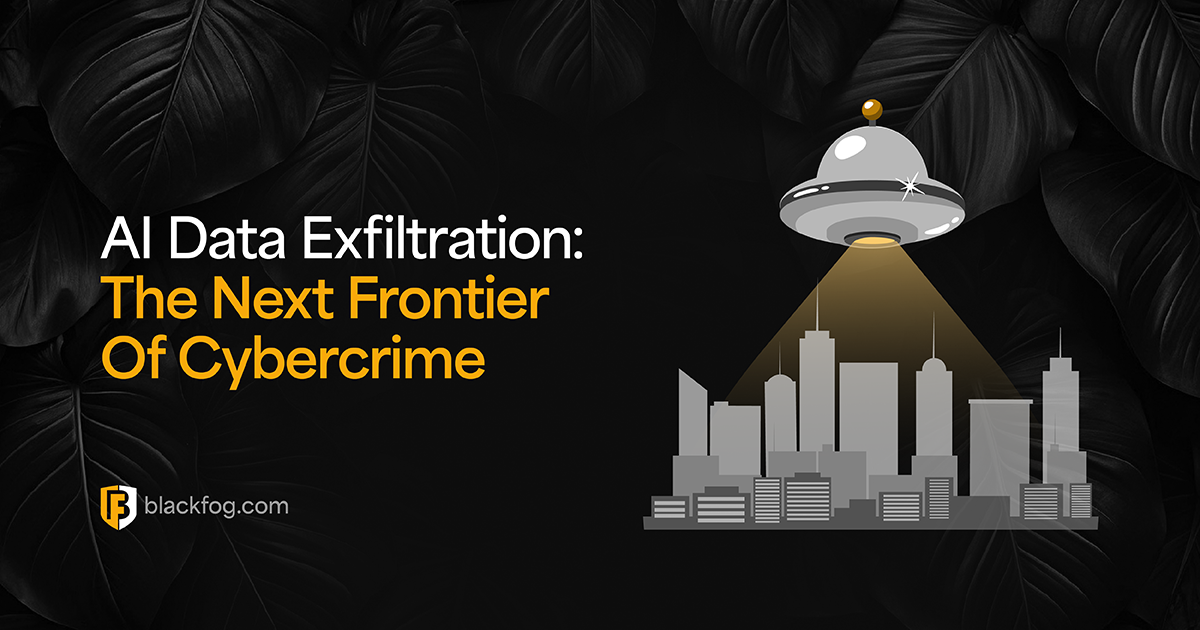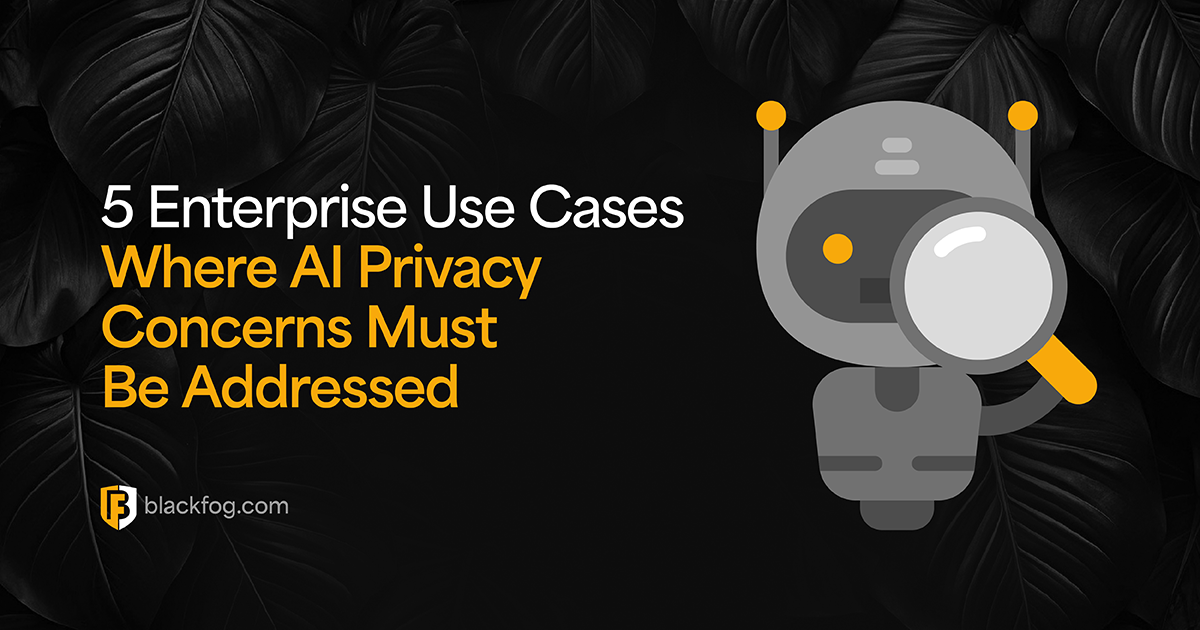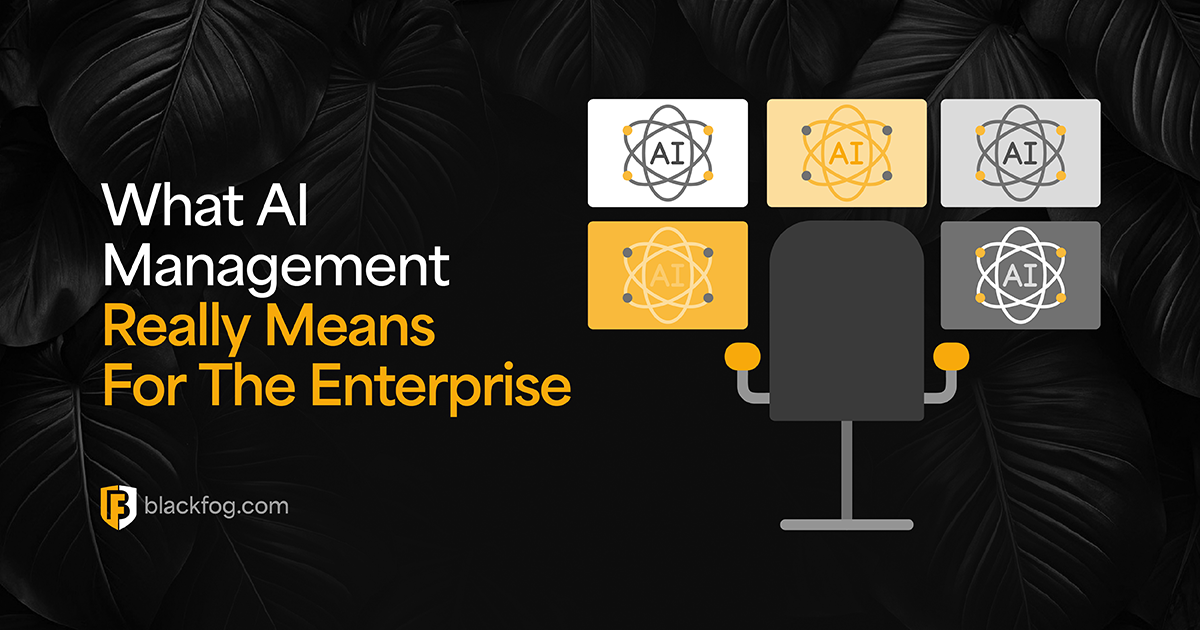
Petya
On the heels of the recent WannaCry attack, Europe has been hit with a new ransomware variant known as Petya. Ukraine reported ransom demands targeting the government and key infrastructure, and the Danish Maersk conglomerate said many of its systems were down.
This ransomware used a software update and social engineering to download the malicious file, either as a ZIP or PDF. It looks to exploit a vulnerability in Microsoft Office when handling RTF documents (CVE-2017-0199). It also looks to utilize the same vulnerability as WannaCry in the SMBv1 file sharing protocol (Microsoft security bulletin MS17-010) to spread laterally within an organization. Note there is NO KILL SWITCH implemented in this new ransomware, so it has clearly evolved since the WannaCry attack. However, researchers have discovered a way to vaccinate machines by creating readonly files on your machine as described below.
This ransomware is an evolution of the original Petya malware from 2015 which modifies the Master Boot Record (MBR). Unlike the original version this edition has been modified to exploit the new vulnerabilities in SMBv1 and encrypts all files rather than just the MBR in the original.
Seed Vector
The attack looks like it was seeded through an accounting software (MeDoc) update mechanism required by companies working with the Ukrainian government. This also explains why it spread so widely in the Ukraine first. A second wave of infections were spread through email attachments as described earlier using classic phishing techniques.
Origin
According to many reports it is now looking like this ransomware was more like a cyberattack rather than a money making venture. The payment methodologies were so badly designed that each infected machine was directed to the same location. In addition, there was a single email account you can use to communicate with the attackers, which has already been shut down. It now seems more likely that this was designed for significant damage and specifically towards the Ukraine.
Some researchers are now claiming that this was a state sponsored attack against the Ukraine. There is still no hard evidence to suspect which country is involved. The NSA previously determined that WannaCry originated in North Korea.
How to protect yourself
If you have not done so, you should install the MS17-010 patch from Microsoft.
Researchers have also found a way to vaccinate your computer from the ransomware by creating a readonly directory and files on your machine. Use the following commands when running the command prompt as administrator:
attrib +R C:\Windows\perfc
attrib +R C:\Windows\perfc.dll
attrib +R C:\Windows\perfc.dat
Once these files have been created the encryption will no longer run.
More details of this attack will be updated as they are discovered.
Share This Story, Choose Your Platform!
Related Posts
AI Data Exfiltration: The Next Frontier Of Cybercrime
How are cybercriminals using AI data exfiltration to enhance their ransomware attacks and what must businesses do to counter these threats?
5 Enterprise Use Cases Where AI Privacy Concerns Must Be Addressed
AI privacy concerns are rising with AI adoption - five use cases highlight the key issues businesses must consider.
What AI Management Really Means For The Enterprise
Ongoing AI management is essential in maintaining compliance in a challenging environment. Here's what businesses need to consider.
AI Security Risks Every Business Must Know About
AI Security Risks are growing as AI embeds in business. What key threats must firms address to stay compliant with data regulations?
Who’s Really In Charge? Why AI Governance Is Now A Business Imperative
Find out why a strong AI governance program will be essential if enterprises are to make the best use of the highly in-demand technology.
AI Compliance: A Roadmap For Addressing Risk And Building Trust
AI compliance is set to be a major focus for businesses in the coming year. Here's what you need to know to make this as easy as possible.






